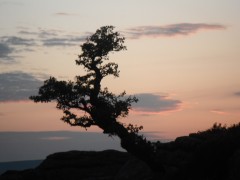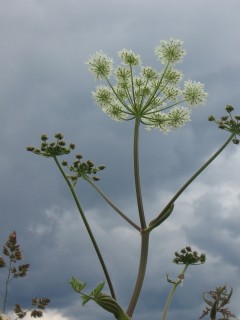Background
Why make a pilgrimage
The motivations for undertaking a pilgrimage can be many and varied, but its practice by so many cultures around the world suggests that it fulfils some deep need within humanity. Evidence from Santiago de Compostela with its dramatic increase in pilgrim numbers over the last 30 years, indicates a growing interest in this type of experience. Peter Stanford in his book The Extra Mile: A 21st Century Pilgrimage, observed a similar resurgence in the UK.
The modern pilgrim is probably less occupied with faith in the efficacy of relics and a passion for their veneration than our medieval forebears, but the practice remains at its core, a spiritual journey, one which may appeal to people whose beliefs are rooted in traditional religious observance as well as those whose spiritual life is outside the mainstream. Our vision also reflects modern concerns for the environment and the widely shared recognition that we need to find a sustainable balance which respects the fundamental interconnectedness of all life. The process of slowing down and bringing awareness to experience as it arises seems to increase our capacity for attunement with ourselves and the world around us which can enhance our appreciation and nourish the desire to:
widen our circles of compassion to embrace all living creatures and the whole of nature in its beauty.
Albert Einstein
 The practice of pilgrimage also seems potentially beneficial in working with symptoms of psychological and emotional distress. Modern treatment for depression and anxiety states, amongst other conditions, recognises the value of mindfulness practices and “nature cures,” through which physical activities in the natural environment help people feel more grounded and connected.
The practice of pilgrimage also seems potentially beneficial in working with symptoms of psychological and emotional distress. Modern treatment for depression and anxiety states, amongst other conditions, recognises the value of mindfulness practices and “nature cures,” through which physical activities in the natural environment help people feel more grounded and connected.
I have led pilgrimage walks in association with a local Primary Care Trust for clients dealing with mental health problems, who responded enthusiastically to the experience. This reminds me of an inspiring encounter I had 25 years ago when walking the ancient pilgrimage route to Santiago de Compostela. I met and walked for a while with a group of pilgrims from Belgium. They included young people who had been getting into trouble with the police. The supported pilgrimage they were on seemed a potentially creative and humane response to underlying issues of alienation and disconnection which had manifested in a range of dysfunctional and anti-social behaviour.
For all of us living in a restless, noisy and fast moving society, the possibility to depart from daily life, slow to the natural rhythm and pace of walking and journey to or between sacred places can be hugely restorative, helping us to reconnect to ourselves and also to attune more deeply to as T.S Elliot described it, “the still point of the turning world.”
See how nature – trees, flowers, grass – grows in silence; see the stars, the moon and the sun, how they move in silence…We need silence to be able to touch souls.
Mother Teresa
 The pilgrims journey also involves an investment of physical effort, perhaps of physical vulnerability and a frame of mind that is open to encounter beyond that usually required by the circumstances of everyday life. Embracing these elements invites personal growth on the pilgrim’s part, so that even those with no particular spiritual orientation, may undergo a transformation of personal values that has a lasting effect on their lives.
The pilgrims journey also involves an investment of physical effort, perhaps of physical vulnerability and a frame of mind that is open to encounter beyond that usually required by the circumstances of everyday life. Embracing these elements invites personal growth on the pilgrim’s part, so that even those with no particular spiritual orientation, may undergo a transformation of personal values that has a lasting effect on their lives.
Acceptance of dependence and inter-dependence that is one of the Camino’s gifts to the walker or cyclist in exchange for physical effort. The desire to reproduce the values of the pilgrimage in the daily life one returns to is the natural outgrowth of that state of mind, and gives the experience of the pilgrimage much of its lasting resonance.
Extract from The Confraternity of St James website.
Share this page
If you like this page please share it with your friends